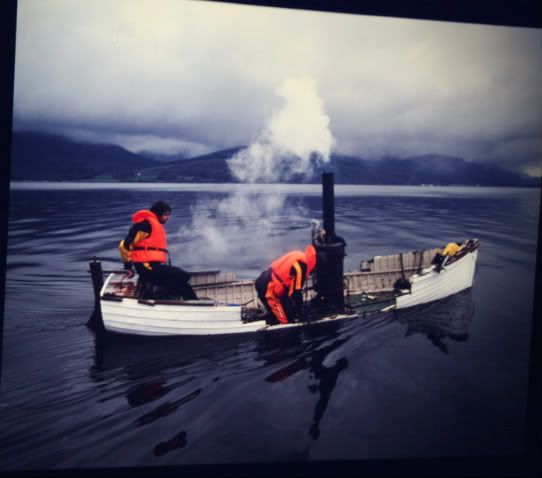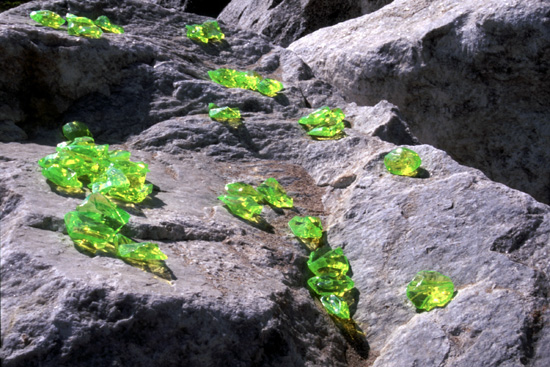
just deriving via the web and found theis old photo of york. Looking into bootham bar and found it of interest. think its a lovely photo.






 JR-
JR-
 Richard Long's practice involves photography, painting and sculpture and is most commonly regonised for his large scale land art pieces. In relation to my current studies for the outside the white cube module, several of Long's works are in response to walks which he has made, as with my documentation of my derives Long incorporates photographs, maps and texts detailing the time and location of a particular walk. Materials found on his walks are often used to fashion sculptures or to manipulate a landscape, very much like the nature of land artist Andy Goldsworthy.
Richard Long's practice involves photography, painting and sculpture and is most commonly regonised for his large scale land art pieces. In relation to my current studies for the outside the white cube module, several of Long's works are in response to walks which he has made, as with my documentation of my derives Long incorporates photographs, maps and texts detailing the time and location of a particular walk. Materials found on his walks are often used to fashion sculptures or to manipulate a landscape, very much like the nature of land artist Andy Goldsworthy.
















 enviromental concerns to create projects. She uses photography to document her works.
enviromental concerns to create projects. She uses photography to document her works. 
 (Children in situ, dates unkown, location is a school)
(Children in situ, dates unkown, location is a school)


 i like it that its so small and almost unnoticable but reallyreally cool at the same time.
i like it that its so small and almost unnoticable but reallyreally cool at the same time.
 i know i've talked about this guy before, but i just love his work so much. he does these murals all over philadelphia, but this is his magic garden (1020 south st, philadelphia) (i think made round 1995) thats kind of like his centre piece. i love this kind of art, that has such a positive influence on its environment, using mostly just junk as materials. and actually doing something, making something. i want to make things. like martin creed :] only probably not actually like his work.
i know i've talked about this guy before, but i just love his work so much. he does these murals all over philadelphia, but this is his magic garden (1020 south st, philadelphia) (i think made round 1995) thats kind of like his centre piece. i love this kind of art, that has such a positive influence on its environment, using mostly just junk as materials. and actually doing something, making something. i want to make things. like martin creed :] only probably not actually like his work.A project by artists at York St John University who are investigating a range of locations in, and possibly around, the city of York between February-May 2009